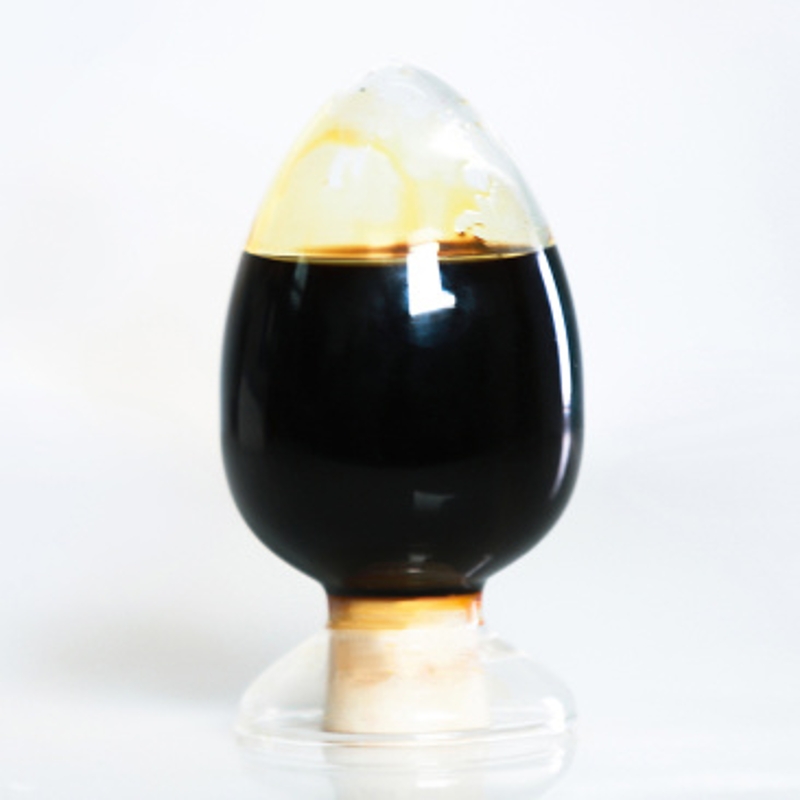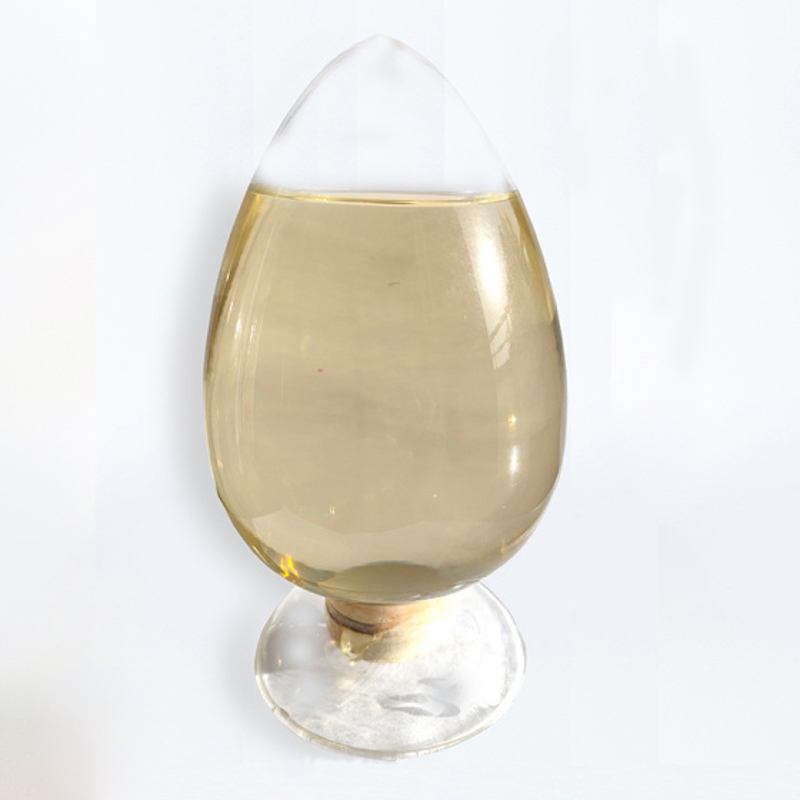-
Categories
-
Pharmaceutical Intermediates
-
Active Pharmaceutical Ingredients
-
Food Additives
- Industrial Coatings
- Agrochemicals
- Dyes and Pigments
- Surfactant
- Flavors and Fragrances
- Chemical Reagents
- Catalyst and Auxiliary
- Natural Products
- Inorganic Chemistry
-
Organic Chemistry
-
Biochemical Engineering
- Analytical Chemistry
- Cosmetic Ingredient
-
Pharmaceutical Intermediates
Promotion
ECHEMI Mall
Wholesale
Weekly Price
Exhibition
News
-
Trade Service
The antibiotics discharged by human beings have caused serious pollution to the natural environment and have aroused widespread concern
from all walks of life.
As a typical antibiotic, tetracycline is difficult to be completely absorbed after ingestion by the human body, and poses a great potential threat
to the ecological environment and biosecurity after being discharged.
Fenton technology is an advanced oxidized water treatment technology that produces strong oxidizing hydroxyl radicals that can achieve efficient degradation of organic matter, but its practical application is limited
because conventional Fenton reactions require strong acid conditions to function.
Recently, the research team of Kong Lingtao of the Institute of Intelligence of Hefei Institute of Physical Sciences designed a novel WMoO-1 UTNWs catalyst with controllable morphology for the heterogeneous Fenton oxidation system, which realized the efficient degradation
of tetracyclines in a wide pH range.
The results were published in
the Nanoscale journal of the Royal Society of Chemistry.
The researchers found that defects and doping can significantly improve the efficiency
of electron transfer in higher-order oxidation systems due to their special coordination chemical structure and electronic structure.
In addition, redox between cations in polymetallic oxides is also conducive to the efficient catalysis
of H2O2.
Based on the above theory, the researchers successfully prepared a WMoO-1 UTNWs catalyst with controllable morphology and applied it to the heterogeneous Fenton system, broadening the optimal pH range of the reaction to neutrality and improving the efficiency of Tetracycline degradation by
Fenton technology.
This study discusses its catalytic degradation mechanism in detail, speculates the possible tetracycline degradation route, solves the problem of refractory degradation of tetracycline, broadens the pH application range of Fenton-like reaction, and has a wide application prospect.







